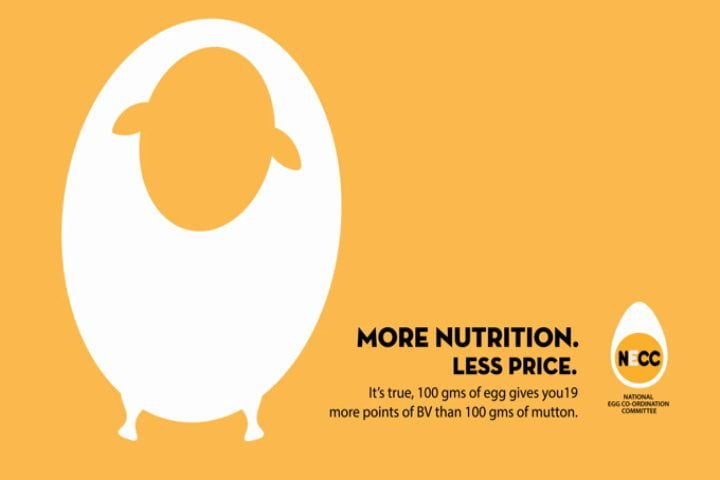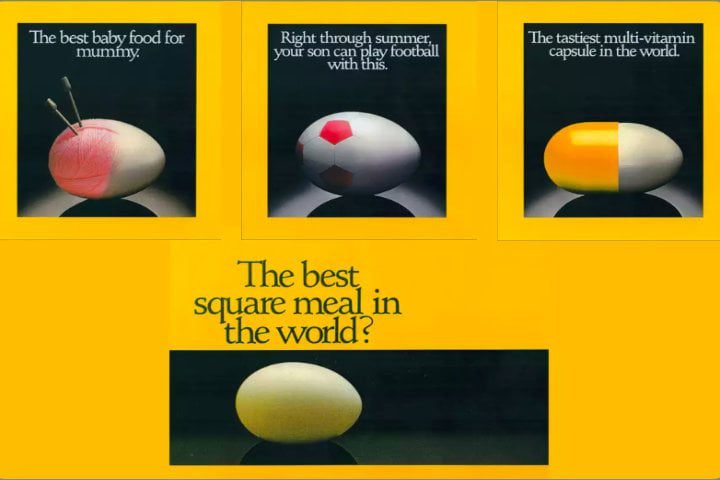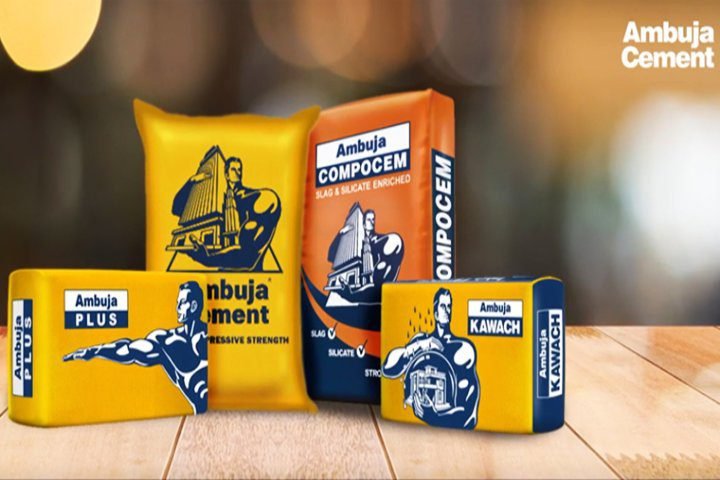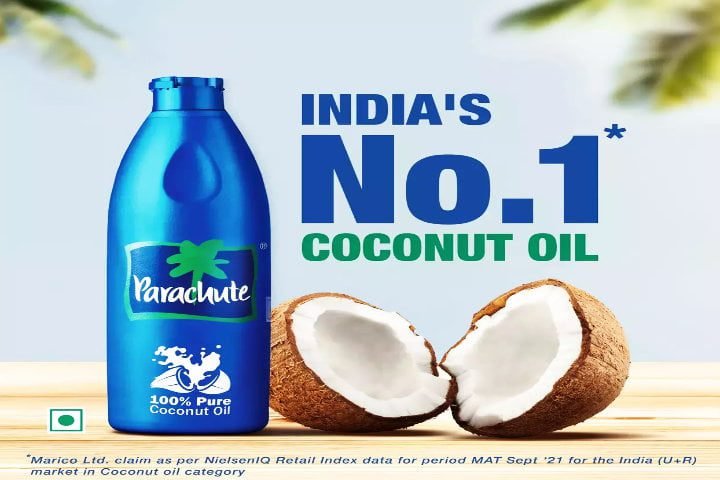The process of creating memorable and distinctive brands from ordinary, generic products is referred to as commodity branding. It gives unique selling points to everyday products, which sets them apart from their competitors. The objective of commodity branding is to enrich products perceived as ordinary with character and personality.
In This Article
Commodity branding is fundamentally concerned with building a significant connection between the product and the intended consumer base. It is about creating loyalty, evoking emotions, and making the product memorable.
Brand in Ancient Time
- Around 8,000 years ago in ancient Mesopotamia, villagers used to trade within their villages or the next village. The relationships were personal. The manufacturer and seller were the same person.
- Over the next several thousand years, Mesopotamian villages grew into cities. Around 5,000 years ago, 20,000 people lived in the city of Uruk, located in present-day Iraq. With that many people, personal trust relationships were broken. The seller may not have made products. No one knew what kind of quality was being purchased. The Mesopotamians came to rely on the stone seals impressed in the caps and stoppers of oil and wine.
- This means branding is at least 5,000 years old. Branding gave order to a confused world. It simplified communication. It indicated quality. It was a promise.
From Commodity to Brand
Branding helps people in making their purchase decisions, identifies differences in products and services, gives buyers safety, offers the potential to build relationships with emotional connections, and enhances company value.
Commodities exist in the minds of buyers when they do not perceive a difference between products. Important differences may exist, but if a buyer does not perceive them, they do not exist for them. Whatever a buyer perceives is their reality and influences their purchasing behavior.
When buyers perceive no differences between two products, price becomes the determining factor.
When buyers are unfamiliar with a product category and receive conflicting information about products with no means to differentiate among offerings, they act like the products are commodities.
Consider the example of the air conditioning industry. To replace an air conditioner today, we are confronted with various choices, such as energy efficiency levels, hot and cold features, inverter or non-inverter AC, etc. In this scenario, two different salespeople from two different companies often provide conflicting advice and recommendations.
This product and feature confusion leads to the one objective piece of information available, which is price. In short, product and feature confusion leads to the commoditization of a category.
This led us to believe that Confusion = Commodity
Strategy for Commodity Branding

The first step in developing a commodity brand is to segment the market from all possible perspectives, be it demographics, psychographics, needs, wants, benefits, etc.
In the second step, marketers should offer a value proposition through differentiation and then communicate that brand consistently and powerfully. Differentiation could be created at various stages of product development and delivery.
It may include the quality of the product, the price, the packaging, and its availability in retail outlets. For instance, Tata salt highlights attributes like iodized, free-flowing, sticky, etc., to help consumers differentiate from other brands.
The third step is to deliver value in terms of service and after-sales services and maintain long-term relationships with customers.
In the case of commodities, branding can take place at two levels:
Category Level
An association of producers promotes the entire category to mutually garner the benefits of branding. Typically, many producers produce these goods, and a central processing authority jointly markets their goods (such as milk and eggs).
Case Study: National Egg Coordination Committee
The 1980s were a difficult time for Indian poultry farmers. There were several myths surrounding the consumption of eggs. Egg producers also had to deal with middlemen, who pocketed all the profits.
Dr. B.V. Rao, fondly called “The Father of the Indian Poultry Industry”, established Venkateshwara Hatcheries Pvt. Ltd. in Pune (India), also known as Venky’s. He drew inspiration from Dr. Kurien of Amul and ‘Operation Flood’ of the dairy industry and decided to unite all the poultry farmers to establish a cooperative model. Hence, the NECC, or the National Egg Coordination Committee (NECC), was formed.

While the formation of NECC fixed the problem of exploited farmers, the problem of lack of consumption remained. It became clear that Indians needed to be told about the health benefits of eggs, which was an advertising task.
There were also some myths about the egg. For instance, people thought that eggs were “heaty” and shouldn’t be eaten in the summer, so sales of eggs would drop.

The advertising plan was created to talk to two specific groups of people. One was growing kids, and the other was pregnant women because they needed protein the most.
It was communicated through advertising that eggs are the best and cleanest source of protein and are also full of nutrients like vitamins A and B2 that kids need to grow and adults need to heal.
The ads were a big hit and worked really well. 16 countries in Asia and Africa have adopted this strategy. It was found that moms had started giving eggs to their young children. The campaign worked better than planned because it got a lot of pregnant women to start eating eggs.
The tune and the words “Sunday ho ya Monday roz khao anday” are still important after more than 40 years. The campaign created a whole generation of ‘Eggitarians’ in India.
Individual Organization Level
An organization aims to gain by branding and differentiating factors (e.g., salt, flour, coffee, etc.) For instance, consider the example of Starbucks vs. generic coffee. Starbucks has transformed an everyday commodity—coffee—into a global brand experience.

Their brand revolves around more than just coffee; it’s about creating a welcoming atmosphere, a sense of community, and an association with quality. The distinctive Starbucks cup, logo, and interior design all contribute to this powerful commodity brand.
Case Study: Ambuja Cements

- Ambuja Cements is one of India’s largest cement brands. Ambuja Cements is one of the companies that realized the potential of branding as a differentiator. It is a classic example of successful commodity branding and was one of the first cement brands to start advertising on television.
- Ambuja Cements also used the outdoors extensively to reinforce the brand image and enhance brand recall.
- Ambuja Cements also focused on influencing the other players in the business, like contractors, masons, and engineers, through regular meetings.
- While branding the cement commodity, Ambuja Cements concentrated on its core brand promise of strength. In its campaigns, the brand consistently reinforced its positioning as the strongest cement.
- Commodity branding influences consumers to change their commodity mindset towards a certain category. As in the case of cement, many homeowners started to buy Ambuja for their home construction because they did not trust the contractors.
Case Study: Parachute Hair Oil

- Hair oils and their use are deeply ingrained in Indian customs and traditions. Unbranded oils dominate this industry due to a very low entry barrier. The majority of the hair oil segment is occupied by coconut oil. Parachute is a major player in the branded hair oil market, with a good market share.
- Marico has positioned the Parachute on a platform of purity. This strategy clearly differentiated the product from the rest of the unbranded oils. In cases where product differences are virtually nonexistent, it is imperative to differentiate the commodity based on non-product-related measures.
- The purity was reinforced by careful packaging and communication. The brand was established, emphasizing the caring relationship.
- Keeping in mind the urban market, Parachute highlighted that the oil is non-greasy and prompted the target group to experience the brand.
Conclusion
- Creating, developing, implementing, and maintaining successful commodity brands is at the heart of marketing strategy.
- The commodity branding offers additional value to both consumers and producers. Branding leads to commodity differentiation and, hence, enables consumer preference. This translates into greater choice and quality for consumers. For the producers, branding provides the opportunity to increase gross margins by increasing the value perception of their product.
- The most successful brands will always be those that deliver not only the tangible, functional value but also the intangible value, that is, the implied guarantee of a branded product. The brand’s promise will always be seen as the most valuable benefit because, when confronted with two seemingly equal choices, the consumer will always choose the one that feels right.
Let us know your thoughts on commodity branding in the comments…






